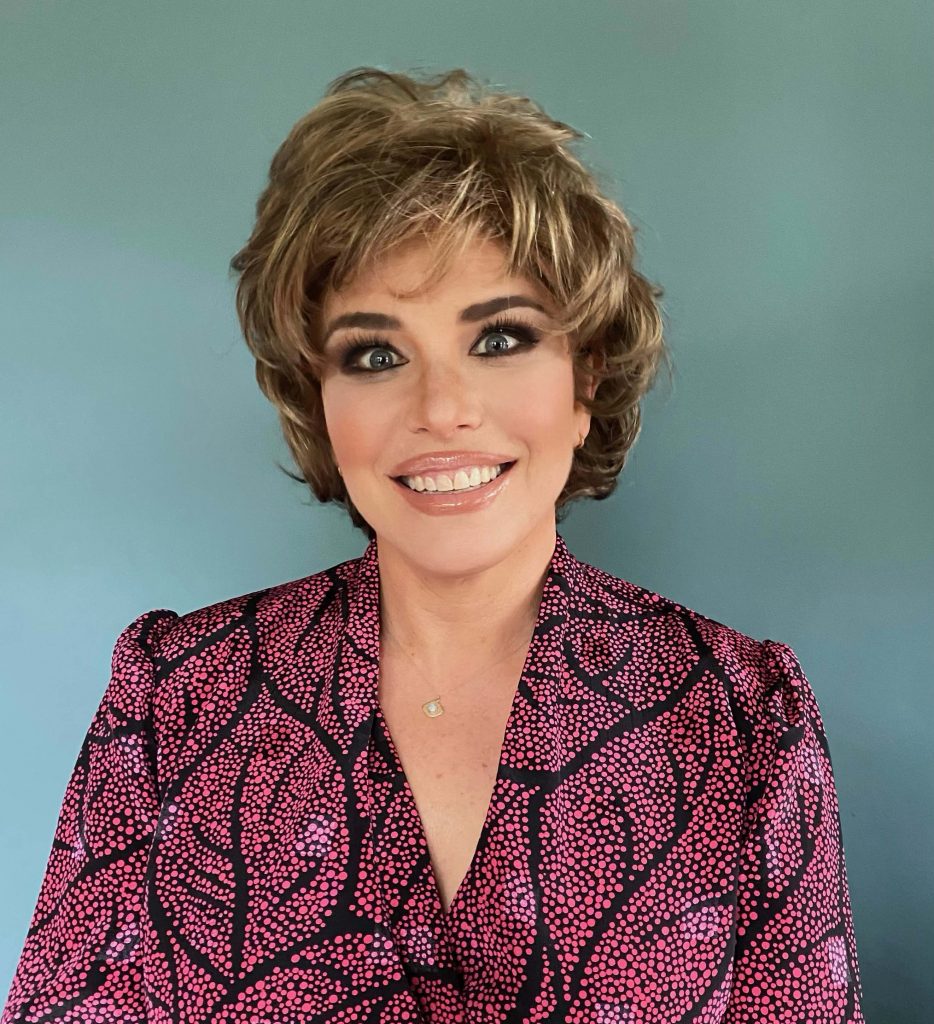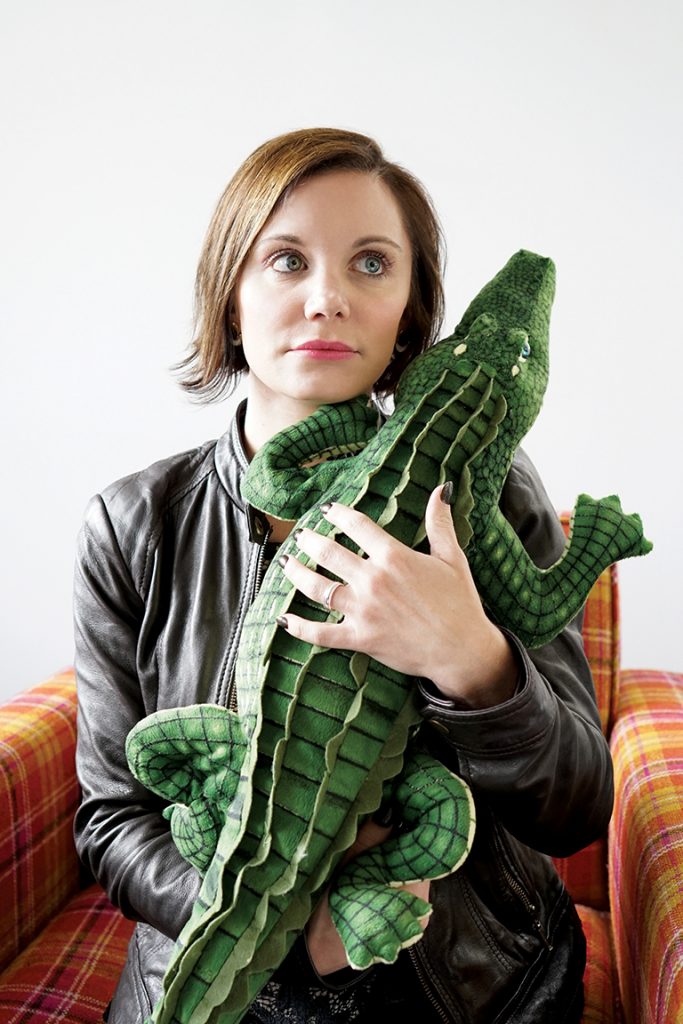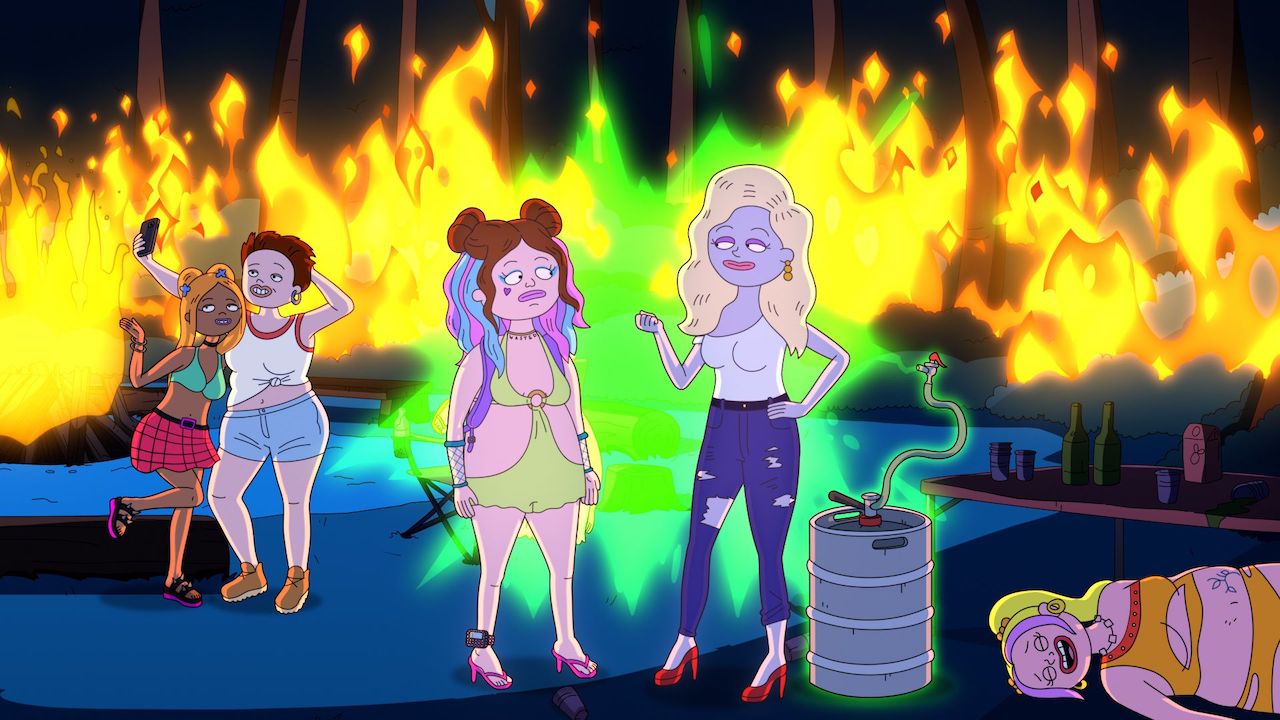A former runaway teen mom is accidentally resurrected in her family’s funeral home, giving her a second chance to raise her now-teenage daughter. This is the unusual plot behind the animated series, Teenage Euthanasia.
Alyson Levy and Alissa Nutting, the creators of the series, describe themselves as “late bloomers.” Both had roundabout paths into the business, exploring comedy and animation, until they had an opportunity to pitch their idea for this series.
“This is the first show where I’ve really owned the writing,” says Levy, “after working on ten series or so, leading up to this.” The series stars voice talents such as Jo Firestone, Maria Bamford, Tim Robinson, and Bebe Neuwirth.
This show was one that had to adapt during the pandemic. “It allows diversity in the room. Being able to have someone who is in London and someone in Boise and someone in New York — as long as everyone can agree on time,” jokes Nutting. “These things are now possible.”
In an effort to create one of the first animated series made by women, and do so during the pandemic, one goal for the show was to shine a light on unique voices in the industry. “It’s really hard to break through as an outsider,” says Levy.
“It’s hard to be a weirdo. It’s harder to be a woman weirdo or a queer woman weirdo. Weirdo is a small lane, but there’s a community of weirdos. It’s about becoming part of that and connecting with others. I feel like us making a second season of Teenage Euthanasia, we cleared that bar that very few women have cleared.”
The Weirdo Writers’ Room
“We would usually begin with blue sky conversations,” adds Nutting. “Generating ideas. I do find that in Zoom rooms, there is a fatigue level — monitor fatigue, tech fatigue, being alone in a room fatigue — so mornings would be meetings and afternoons might be homework sessions.”
This way, they could generate ideas as a group, head off to work individually on those ideas, and then re-group the following morning to reconnect. “I think I’m at my best on Zoom for like four hours. I tend to need to mix it up after a lunch break. I like to break up the day.”
Levy adds, “We didn’t need that much actually. I think it was four to five weeks of coming up with ideas. People would come in with ideas, like we might want a Pete and Trophy story, so come up with ideas for that. It was very loose and then we picked ten episodes.”
“It might just be our personalities, but I don’t think we benefit that much from a lot of chat. We like to see things written and then give notes. It’s fun [to chat], but I’d rather see people write stuff up and then look at it.”
For a show like Teenage Euthanasia, the first layer is probably “weird” but there are also aspects of “feminism” in the show. “I don’t know if feminism is the right word, but I think you can watch the show and tell women are heavily involved.” The writers wanted a “weird girl” feel to the show, both for viewers and female animators.
“These are not conventional stories women tell. It’s not about dating. I think it fits into the grand cannon of adult animation, but it also comes naturally to us for our family to feel like a real family and not a joke machine. It is a very personal show and I think it does represent what we were trying to say about families, parents, daughters, and mothers.”
The Left Field Version
The sci-fi elements and bizarre thoughts of the show make it feel like it can fit the adult animation world, but still be a show by women. “Ideas also have to feel like they couldn’t be on another show. If it couldn’t be on another family show, it wouldn’t make sense on this show. It has to get Teenaged Euthanasia-ized.”
This means that when an idea is pitched, it has to get molded to fit the show. “Any idea can [fit the show] as long as it moves into the realm that you are not expecting.” There’s an equal balance of plot ideas and shaping those ideas.
“In Season 2, Annie wants to get to second base and Pete discovers foreskin, which he didn’t know about. These are plot points, but they are also who the characters are and the voice of the show and they amplify these outsider character struggles that might not be an A- or B-story in a show.”

Alyson Levy
In other shows, the goal is to encourage teenage girls not to get pregnant. “Our show lives in this alternate reality future, so the idea was that the girl gets impregnated with a robot baby, and they have to actually give birth. It’s from the US government and her main goal is to not shake the baby. It’s like when kids take home the potato or the egg or whatever.”
“It has to go through the weirdo machine to feel like Teenage Euthanasisa. Things should come from something you’ve experienced, but it’s more like, what’s the craziest thing that can happen here.” With that in mind, the show still needs to feel grounded in character.
Female Creators
“I think a lot about our room,” states Levy. “Our room was mostly women and not necessarily experienced writers. We really give people chances. Our art director had never worked on a TV show. We bring in people that are new.”
There is pressure in running a female-created series, but the creators try not to think about it too much. “I try never to think about it. We try never to talk about it. There’s never been a female animated show that has been as successful as The Simpsons, South Park, or Bob’s Burgers. There’s barely one that has made it past the first or second season.”
The writers joke that executives wonder why women don’t make animated shows, but there are also limited chances for this to happen. “You have to really believe in the project. They take a long time to build. Even like Bob’s Burgers took four or five seasons to get going. It’s a very hard medium.”
For this show, the writers say it wasn’t an immediate green light. “Trophy’s character was a ghost when it first started and gradually became this animated corpse. We did two animatics, rewrites, and pilot scripts. I think it was about four years of development before we got a green light. It was a process for sure.”
“It’s a good example of not giving up. It felt like we were never going to thread the needle, but I think because of our relationship with the channel, that got us in a bit, but just having a few people there who really liked it… they did want to make a half hour animated show, not just with women creators, but with women on the show.”
“Don’t Be Domestic”
The writers say they got an unusual note in the beginning, “Don’t make this show so domestic.” Levy recalls, “At the beginning, we could have taken an offense to that. I don’t know if they thought they were just going to go to the mall, but we had to prove we weren’t domestic. I think we did.”

Alissa Nutting
For the most part, the executives will say the audience is more male. But, according to Levy, who has worked on a number of shows, the mix was closer to half and half. “We always had a lot of female characters in our shows, but a lot of shows don’t. I think it’s just a matter of making people feel included.”
With all of this in mind, when these writers are looking to fill the writers’ room, it’s about words on the page. “If I laugh, that’s always a good sign,” remarks Nutting. “Then there are types of humor, so you ask, is this a type of humor that is aligned with the sensibility of the show?”
“There are all kinds of shows and all kinds of comedy. Sometimes, we might even look at someone’s social media. These are the kind of people that think our show is funny and might be able to get Ito the headspace of our show, which is different than filling the room of network system. You want people who don’t fit the formula. We need the people who come up with the crazy ideas.”
“For me, personally, the only turn-off is a lack of research. You don’t want to feel like someone is carpet bombing a script to all of these places without having watched the show or understanding the tone, humor, and voice the show is looking for. A sample doesn’t have to resemble it, but in some way, we want to see what affinity this writer would have and what they could bring to the show and to the writer’s room.”
This interview has been condensed. Listen to the full audio version here.

